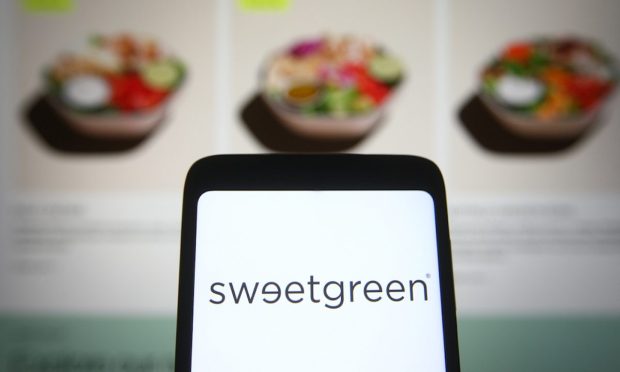Gearing up to Go Public, Sweetgreen’s Aggressive Digital Efforts May Be Misdirected

Sweetgreen may be making major investments in digitizing its restaurants, but for a restaurant chain so focused on technology, it has made some odd choices when it comes to one of the most significant digital drivers of revenue: loyalty rewards.
In late March 2021, the Culver City, California-based salad chain ended its loyalty program, citing the difficulties of the pandemic as a factor in the FAQ section on the restaurant’s site. In a preliminary prospectus filed with the United States Securities and Exchange Commission (SEC) for its proposed initial public offering (IPO) on Monday (Oct. 25), Sweetgreen spoke to the risks associated with the decision.
“Both fast-food and fast-casual dining segments have implemented deep discounting strategies to attract customers, while in 2021 we suspended our loyalty program, focused on more targeted promotions and increased the menu prices of certain items,” the prospectus states.
This cutback may have been exactly the wrong move for a company looking to improve its finances. Research from PYMNTS’ Restaurant Readiness Index, created in collaboration with Paytronix, finds that the restaurants that fell furthest behind in 2020 were those that had removed their loyalty and rewards options.
Read more: QSRs’ Lagging Loyalty-Reward Investment Hurts Innovation and Sales
While Sweetgreen was pulling resources from one of the most tried-and-true digital revenue generators, it was also investing heavily in riskier new technologies. In the filing, the chain noted that the costs associated with its acquisition of automated restaurant Spyce, which was announced in August, amounted to $1.5 million.
In fact, the company says that the push to integrate Spyce’s technology into its restaurants could prove to be a “significant distraction” from growing other parts of the business, additionally noting the risk of alienating many of the chain’s customers.
“If our customers react negatively to these operational changes (in particular, the use of automation in our restaurants), our brand value may be diminished, which could have an adverse effect on our business, financial condition and results of operations,” states the filing.
Meanwhile, the chain is also working on developing new restaurant concepts to accommodate the rise in digital off-premise ordering, including smaller formats, ghost kitchens and drive-thru locations.
“We do not have significant experience in operating such hybrid locations or such new restaurant formats (including any store formats incorporating automation technology),” the company concedes, “and we may not be able to operate them as efficiently as we operate our restaurants.”
PYMNTS research from the Index finds that curbside pickup is a far less powerful motivator for consumers to spend more than access to a rewards program. Sixteen percent of consumers reported that they would rank the availability of a loyalty or rewards program as the strongest incentive to spend more is the availability, while only 5% of those surveyed said the same for the ability to pick up orders curbside.
Yet, even while cutting back on consumers’ top-ranked digital offering, Sweetgreen continues to invest heavily in additional technologies, operating at a loss in an effort to generate greater profits in the future. All the while, the chain risks losing its customers to competitors that will reward them for their spending.
